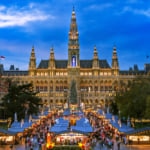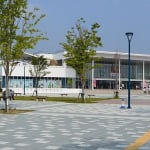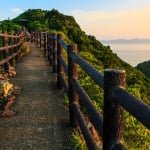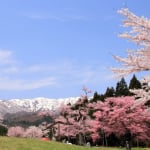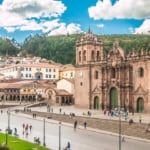Name: Hosso Sect Head Temple Kofukuji
Address: 48 Noborioji-cho, Nara City, Nara Prefecture
Official & Related Site URL: http://www.kohfukuji.com/
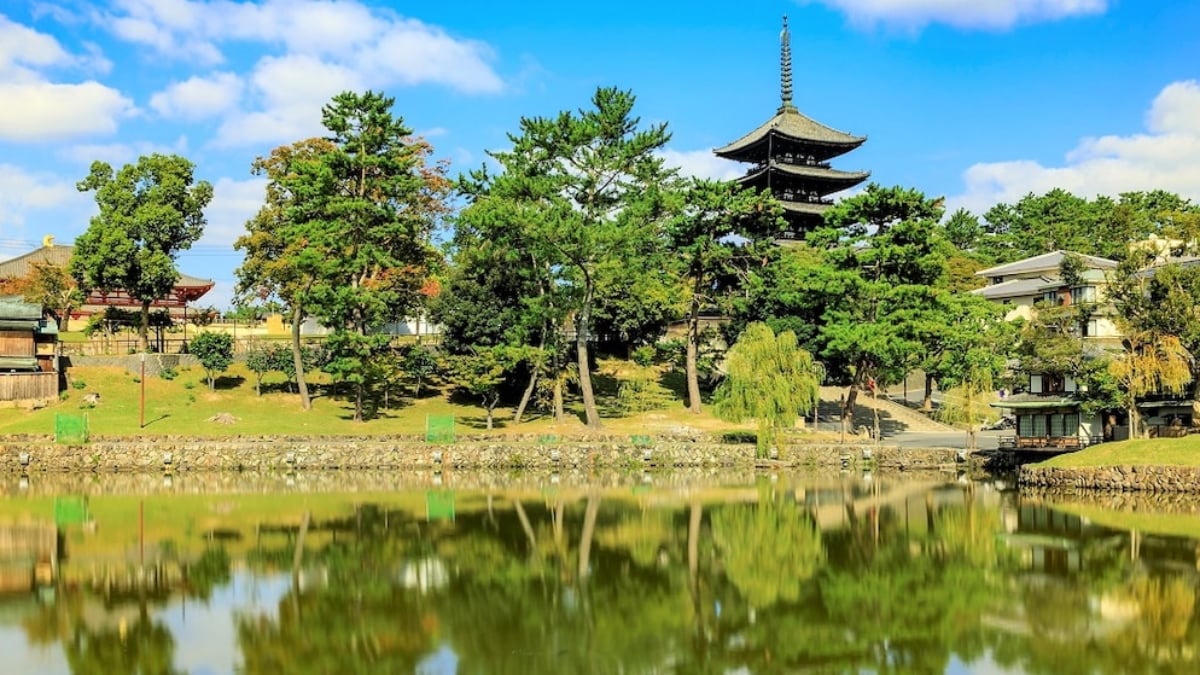
Important Cultural Property of Nara! Introducing Recommended Tourist Spots at Kofukuji
Kofukuji, located in a corner of Nara Park, is one of the most famous tourist destinations in Nara City, alongside Todaiji Temple and Kasuga Taisha Shrine. It is registered as a World Heritage Site as part of the "Historic Monuments of Ancient Nara" and is a temple with many historical and cultural treasures remaining.
Founded as the family temple of the powerful Fujiwara clan, Kofukuji flourished over the centuries. Its buildings, such as the Five-Story Pagoda, the Main Hall (Golden Hall), and the North Octagonal Hall, along with numerous statues of Buddhas, including the famous Ashura statue, are designated National Treasures and Important Cultural Properties.
This article introduces the highlights of Kofukuji, including information on the temple stamps (goshuin). Be sure to check it out!
table of contents
[x] close
Important Cultural Property of Nara! Introducing Recommended Tourist Spots at Kofukuji
1. Five-Story Pagoda
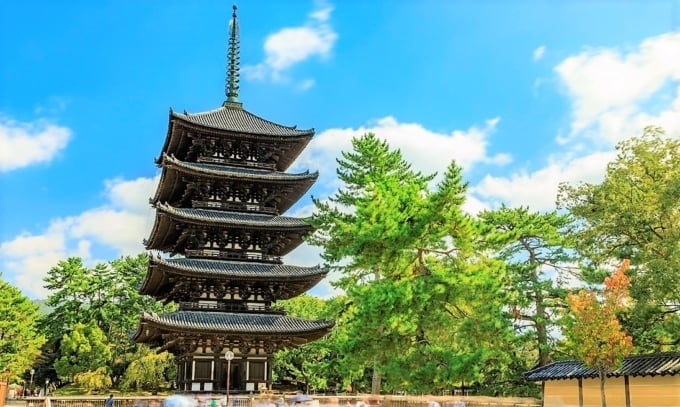
The Five-Story Pagoda, standing about 50 meters tall, is not only a symbol of Kofukuji but also of the ancient capital of Nara. The current structure was rebuilt around 1426, preserving the essence of the Tenpyo culture. On the first tier, statues of the Yakushi Triad, Shaka Triad, Amida Triad, and Miroku Triad are enshrined. Viewing the interior is possible only during special openings.
The pagoda is majestic under the blue sky, but its illuminated form is also breathtaking. You can see the light-up from sunset until around 10:00 PM, so why not plan your visit accordingly? The view of the pagoda from Sarusawa Pond on the temple grounds is also highly photogenic and recommended!
2. National Treasure Hall
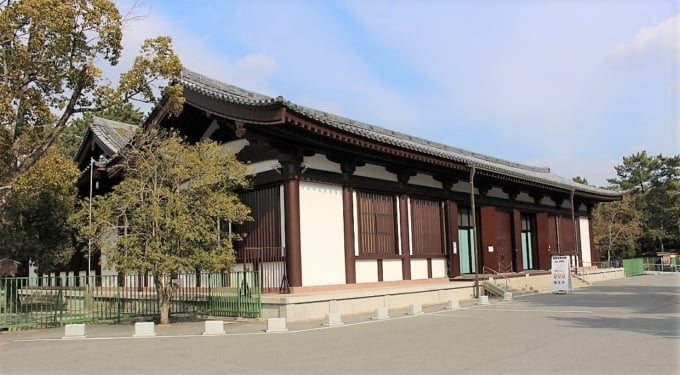
The National Treasure Hall houses the Ashura Statue, which has gained immense popularity in recent years among Japan's many Buddha statues. Known for its three faces and six arms, the Ashura Statue is a national treasure and a representative of Tenpyo-era Buddhist sculpture. With its refined features and youthful appearance, many visitors come to Kofukuji specifically to see this statue.
The National Treasure Hall also contains numerous other Buddha statues, paintings, and crafts, most of which are designated as national treasures or important cultural properties. The National Treasure Hall, brimming with historical significance, is open daily from 9:00 AM to 5:00 PM.
3. Tokondo
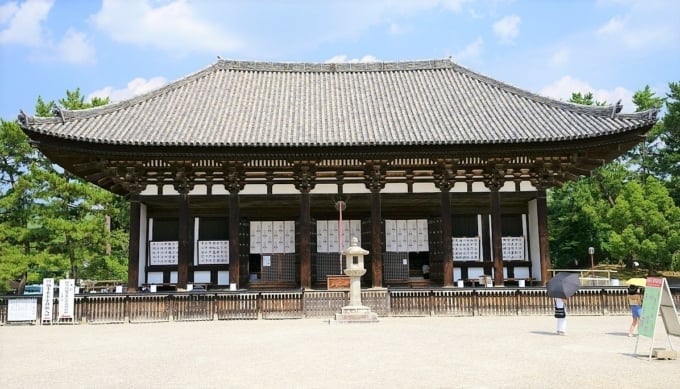
Located next to the Five-Story Pagoda, the Tokondo or Eastern Golden Hall was built by Emperor Shomu to pray for the recovery of his aunt, the Empress Gensho. Since its founding in 726, it has been destroyed and rebuilt several times, with the current structure dating back to 1415. At the time of its original construction, green tiles covered the floor, symbolizing the pure land of the Yakushi Nyorai Buddha.
The main attractions include the Yakushi Nyorai statue, designated as an Important Cultural Property of Japan, along with the Nikkō Bosatsu and Gakkō Bosatsu statues on either side. Additionally, the hall houses precious cultural properties such as the Four Heavenly Kings statues and the seated statue of Monju Bosatsu, both national treasures. Like the National Treasure Hall, the Tokondo is open year-round from 9:00 AM to 5:00 PM.
4. Chukondo
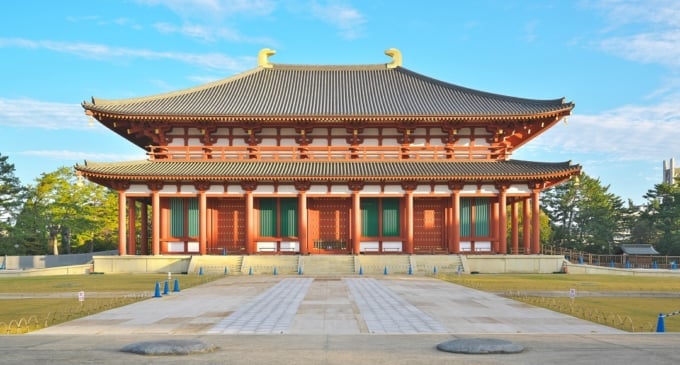
Rebuilt in 2018 after 301 years, Chukondo or the Central Golden Hall is one of the key buildings among the many halls and towers of Kofukuji. It was the central structure among the three Golden Halls that once existed at Kofukuji. Founded by Fujiwara no Fuhito, it was considered one of the largest structures among temples in the Nara period. With its double-layered roof and vivid vermillion pillars, the hall faithfully replicates its original form and serves as a new highlight of Kofukuji.
Inside the hall, which has been restored after surviving numerous fires, the principal statue is the Joroku Shaka Nyorai Buddha, flanked by statues of Yakko Bosatsu and Yakjo Bosatsu as attendant deities. This hall is open for viewing daily from 9:00 AM to 5:00 PM.
5. Nanendo
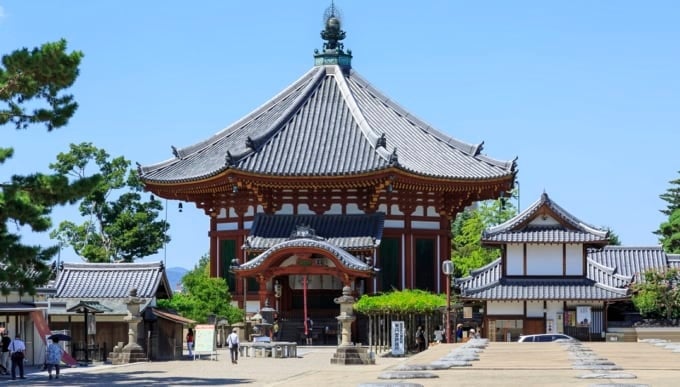
Nanendo is also known as the 9th temple on the Saigoku Kannon Pilgrimage. This beautiful octagonal hall, highlighted by its striking vermillion color, was built in 813 by Fujiwara no Fuyutsugu to pray for his father’s peace in the afterlife. The current structure dates back to the Edo period.
The main image enshrined here is the seated statue of Fukukenjaku Kannon, a national treasure, standing at an impressive 3.3 meters tall. Every year on October 17th, the hall holds a special opening where visitors can view the interior, which is normally closed to the public. On this day, the temple also holds a ceremony called the "Daihan'nya-kyo Tendoku-e," where monks recite sutras while spreading them in the air, attracting many worshippers.
◎ Kofukuji Temple Stamps and Charms Information
Kofukuji has two locations where you can receive temple stamps (goshuin): Chukondo and Nanendo. At Chukondo, you can receive a stamp with the "Chukondo-in" seal, as well as stamps with the "World Cultural Heritage" seal, "Togendo," and "Senju Kannon," among others. At Nanendo, you can receive the "Saigoku 9th" stamp, and until the end of 2020, there was a limited-time stamp commemorating the 1300th anniversary of the Saigoku Kannon Pilgrimage.
A popular charm (omamori) is the "Kofuku," named after "Kofuku," which means happiness. Its clover embroidery is charming and makes for a great souvenir, especially for women. Kofukuji offers a wide variety of temple stamps and charms, so it's a good idea to check them out in advance.
RELATED ARTICLES
REGIONS
CATEGORIES
FEATURED ON Japan
-
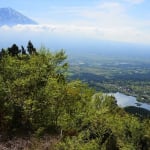
Heal Yourself Surrounded by Rich Nature! 5 Recommended Tourist Spots Around Uchibune Onsen, Yamanashi Prefecture
-
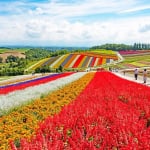
Where will you go for the summer vacation? Introducing recommended spots for domestic travel
-
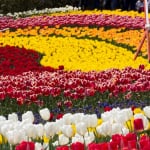
Kaizu City’s Recommended 7 Tourist Spots. Enjoy the Culture and History Nurtured by Wajū!
-
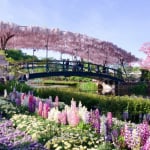
What Makes Ashikaga Flower Park So Special? A Treasure Trove of Photo-Worthy Spots!
-
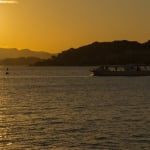
Recommended Spots Around Lake Shinji in Shimane – From Sightseeing Boats to Local Gourmet
MOST POPULAR ON Japan
-
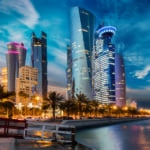 1
1Doha: Must-see Attractions in the Capital of Qatar
-
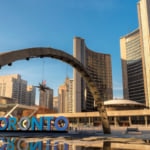 2
2Toronto: 10 Things to do in this Picturesque Canadian City
-
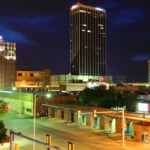 3
3Amarillo: A City Famous for It’s Amazing Canyons, Great History and Music
-
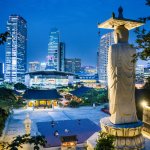 4
4South Korea: Dazzling Scenery, Rich Culture and Fascinating History
-
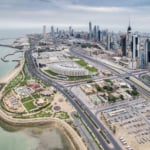 5
5Kuwait: A Country in Middle East Asia Famous for Hot Sand Dunes and Stunning Cityscape

